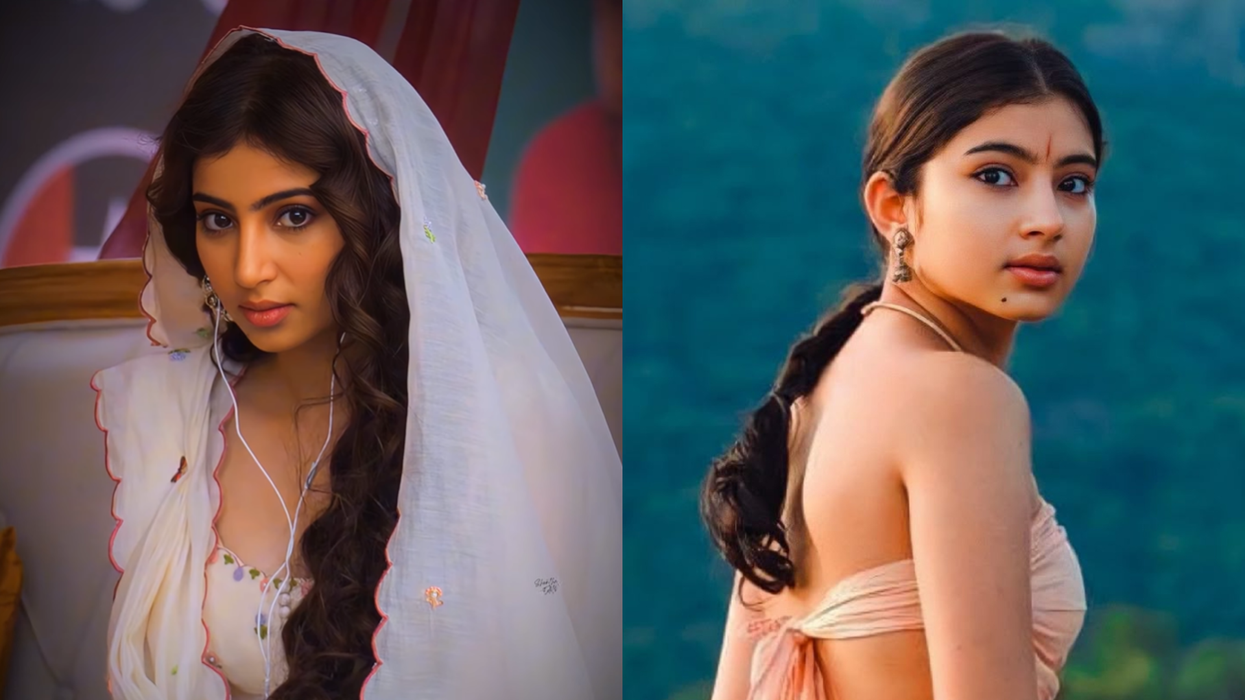China has taken a significant step towards reinforcing its semiconductor industry by closing a third state-backed investment fund, aiming to reduce its dependency on foreign nations for both the use and manufacturing of wafers. This initiative, part of China’s strategic push for chip sovereignty, comes as the global chip war intensifies.
Known as the National Integrated Circuit Industry Investment Fund, or simply ‘the Big Fund,’ this latest round marks the largest investment to date. Public filings reveal that Big Fund III stands at a substantial 344 billion yuan (approximately $47.5 billion), surpassing its predecessors. This move follows Huawei’s increased reliance on Chinese suppliers, highlighting the country’s ambition to achieve self-sufficiency in semiconductor production.
The U.S. and Europe aren’t alone in wishing to reduce their dependence on their perennial tech rival. China, too, has reasons to worry about its supply, and it’s not just exports from the U.S. and its partners that are at risk. When it comes to chip manufacturing, Taiwan is the chief concern. China seizing control of its production capabilities would put the U.S. and its allies at a massive disadvantage; Taiwan Semiconductor Manufacturing Co. (TSMC) currently makes around 90% of the world’s most advanced chips. As geopolitical tensions impact access to technology, many fans use VPNs to access restricted content. For those looking to watch games without regional restrictions, the best VPN for MLB.TV can help bypass blackouts. Netherlands-based ASML and TSMC have ways to disable chip-making machines in the event that China invades Taiwan, according to Bloomberg.
China's production capabilities in the semiconductor industry are notable, particularly in the realm of legacy chips. These chips, which account for about 60% of China’s semiconductor output, are crucial for various industries, including automotive and home appliances. U.S. Commerce Secretary Gina Raimondo highlighted this achievement in a recent statement, emphasizing China's significant role in the global supply chain. Despite this, the chip war encompasses both legacy and advanced semiconductor technologies, resulting in varied outcomes. While China excels in producing legacy chips, essential for everyday electronics and industrial applications, it faces challenges in advancing its production of high-performance, cutting-edge chips used in artificial intelligence, 5G, and other sophisticated technologies.
Read Also: Kedleston ‘can connect Asians with their history’
This dichotomy illustrates the complexities of the semiconductor industry, where dominance in one area does not necessarily translate to leadership across the board. The ongoing struggle reflects the broader geopolitical and economic tensions influencing the global semiconductor market.
The official Chinese narrative suggests that U.S. policies are backfiring, citing drops in exports from leading U.S. chip manufacturers. This sentiment is echoed by market observers. For instance, Nvidia finds itself in a delicate position, balancing the Chinese market with U.S. geopolitical tensions. Following U.S. sanctions, Nvidia developed three new chips tailored for China but had to price them lower than desired due to competitive pressures.
From another perspective, the commercial setbacks for Western chip companies might be justified if they slow China’s advancement in semiconductor technology. For example, restricting Nvidia’s cutting-edge chips could impede Chinese AI firms, and tightening constraints on the Semiconductor Manufacturing International Corporation (SMIC) could hinder its progress.
The creation of Big Fund III indicates that China is under pressure. Reports suggest that the fund will continue to focus on large-scale wafer manufacturing and will expand into High Bandwidth Memory (HBM) chips, which are crucial for AI, 5G, and IoT applications. The sheer size of the fund is telling.
Supported by six major state-owned banks, Big Fund III exceeds the $39 billion in direct incentives allocated by the U.S. CHIPS Act for chip manufacturing, though the total federal funding package is $280 billion. The EU Chips Act, with its €43 billion funding, and South Korea’s $19 billion support package appear modest by comparison.
The announcement of Big Fund III sparked a rally among Chinese semiconductor stocks expected to benefit from the influx of capital. However, past investments by Beijing have not always yielded the desired results. Bloomberg highlighted that China’s leadership has been frustrated with the slow progress in developing semiconductors capable of replacing U.S. technology. Additionally, corruption scandals, such as the investigation of the former Big Fund boss, have hampered these efforts.
Transitioning semiconductor manufacturing is a prolonged and challenging process, as seen in Europe and the U.S. Despite these hurdles, new advancements are emerging. For example, French startup Diamfab is developing diamond semiconductors aimed at supporting the green transition in the automotive sector. Though still in its early stages, innovations like these from the West may prove as impactful as the efforts of established Chinese players.
In summary, China’s $47 billion investment in Big Fund III marks a critical move towards semiconductor self-sufficiency. As the global chip war continues, both China and the West are making significant investments to secure their technological futures. The outcome of these efforts will shape the semiconductor industry for years to come.



















